Nowadays, thinking everything can be done online is tempting. After all, if you can send a pizza emoji to Domino's and expect a sizzling pizza delivered to your doorway within half an hour, how much more digital can things get?!
To this, we say, hold on! Don't assume that not all customers of your transportation business can adopt these channels – at least not exclusively.
Take a step back and consider that despite having so much technology at our fingertips, new research shows that 70% of mobile searchers call a business directly from Google search results. Google ads drive more than 40 million calls every month. As a critical component of today's digital path to purchase, businesses need to understand how, when, and why consumers use click-to-act features.
Indeed, the customer journey is more integrated than ever, crossing all forms of media and contact channels on the path to purchase!
No small business can afford to ignore that constantly buzzing thing in the corner of the office. It’s your conduit to many new businesses and a closer connection to your existing customers! Likewise, neglecting your online presence can be equally detrimental.
You May Find Interesting: How a Digital Marketing Consultant Can Help You Build a Strong Online Brand
For transport business owners, achieving a prominent online presence in Google search results isn't just about the destination; it's a powerful conduit to a wealth of online leads and a closer bond with your existing clientele. In this blog, let's explore how Digital Empire can help transport businesses grow and easily attract customers.
Methods to Acquire Clients for Your Transport Business
Although transportation is crucial for both B2B and B2C entities, it is advisable to focus on B2B clients as it offers the potential to establish long-term business relationships. B2B clients can range from small businesses to large enterprises across various industries.
It is comparatively easy to reach out and identify B2B clients by targeting specific industry segments such as manufacturing companies, retailers, wholesalers, construction companies, and agricultural companies.
Reaching these industries requires having a strong online presence and creating a targeted campaign. This will make your product or service visible to potential customers and increase your chances of generating leads and conversions.
Here are proven step-by-step guides to growing your transportation business:
-
Acquiring Your Digital Domain
Building a strong online presence commences with acquiring a domain name. Your domain serves as the digital address where clients can locate your business. Yet, it is more than just an address; it is an integral part of your brand identity.
Selecting a domain name that aligns with your core business values and services is a strategic move. Consider integrating your business name and industry-specific keywords to create a relevant and memorable domain. Succinctness, ease of spelling, and avoiding special characters or hyphens are all factors that enhance user-friendliness and clarity.
Related Blog: Why Having a Domain Name is Important
-
Investing in Web Hosting
The next crucial step is securing reliable web hosting. Think of web hosting as leasing space on the internet for your website. The performance and security of your online presence depend on the quality of your hosting service.
When choosing a hosting provider, prioritize scalability and top-notch technical support. A dependable hosting service minimizes downtime and guarantees swift page loading times, which is critical to ensuring a seamless user experience. In an industry where efficiency and dependability are non-negotiable, your choice of web hosting matters significantly.
-
Establishing Your Brand Identity
Creating a strong brand identity is crucial for success in today's cutthroat business environment, especially in the transportation industry. Your brand identity goes beyond a mere logo or a snappy tagline; it embodies the essence of your business, the way you present yourself to the world, and the emotional bond you establish with your intended audience.
Here are some guidelines for developing your brand identity:
-
Define Your Purpose and Values
A robust brand identity commences with a crystal-clear understanding of your company's purpose and core values. What is your business's underlying mission, and what principles do you hold dear? These questions should underpin your branding endeavors, fostering an authentic and meaningful bond with your audience.
-
Know Your Target Audience
An in-depth comprehension of your target audience is essential to crafting a resonant brand identity. What are their needs, desires, and challenges? Tailor your brand's messaging, tone, and aesthetics to directly address your ideal customers' aspirations and pain points.
-
Craft a Memorable Logo and Visual Identity
Your logo serves as the initial point of association for most people with your brand. It should be distinctive, aesthetically pleasing, and reflective of your business.
Ensuring consistency in color schemes, typography, and design elements across all brand materials, from your website to your packaging, is paramount to building a recognizable and cohesive visual identity.
-
Develop a Brand Personality
Your brand must exude a personality that aligns with your values and resonates with your audience. Is your tone formal and professional or casual and friendly? It is crucial to define this personality and ensure its pervasiveness in all brand communications.
-
Create a Compelling Brand Story
Compelling brand narratives has the power to engage audiences on an emotional level. Craft a story that narrates your brand's journey, mission, and how it addresses your customers' needs.
-
Consistent Messaging and Communication
Each communication from your brand, whether on your website, social media, or in advertising, should align with your brand identity. This consistency fosters trust and reinforces your brand image.
-
Customer Experience
How customers experience your brand, from their initial encounter to post-purchase interactions, significantly influences your brand identity. Delivering exceptional customer service, seamless transactions, and positive experiences contributes to a strong and favorable brand perception.
-
Evolve and Adapt
Brand identity is not a static concept. As your business expands and market trends evolve, be willing to adapt and refine your brand identity to remain relevant and resonate with your audience.
Establishing a potent brand identity is an ongoing process that requires unwavering commitment and a deep understanding of your business, your audience, and the ever-shifting market. When executed effectively, it forges a robust and lasting connection between your brand and customers, setting the stage for sustained success and growth.
Read also: How to Create a Brand Strategy Plan
-
-
Creating Web Design and Development
Consider taking your transportation business online, as most prospective customers search for services on the web. Your website should contain all relevant information about the transportation services you offer.
Ensure your website design is user-friendly and not burdened with heavy elements that increase load times, such as large images. Keep the design simple with unique and attractive navigational features, allowing users to navigate effortlessly. Essential pages like About Us, Privacy Policy, and Terms and Conditions must be included to establish customer trust.
Your website is the central hub of your online marketing efforts. To be effective, it must feature a compelling web design that is intuitive, functional, and visually appealing.
To achieve this, you need to focus on key tips:
-
Ensuring your site is mobile-friendly.
-
Optimizing page loading speeds.
-
Simplifying navigation.
-
Using white space effectively.
-
Maintaining a consistent visual brand.
A well-designed website meets the needs and expectations of your audience, reducing bounce rates and increasing the likelihood of conversions.
Read also: Diversifying Your Marketing Strategies
-
-
Crafting Effective Content Marketing Strategies
As a transport business owner, implementing a well-thought-out content marketing strategy is paramount to attracting and engaging your target audience. This approach involves creating informative web content designed to draw users to your website and provide valuable insights into your transportation services.
To succeed in content marketing for your transport business, consider various content types, including blogs, ebooks, videos, podcasts, or webinars. These formats serve as valuable mediums to showcase your in-depth knowledge of the transportation industry, enabling potential customers to gain a profound understanding of your brand and offerings before making initial contact.
A critical element of effective content marketing is ensuring that your content aligns seamlessly with your audience's search intent. Simply put, your content should directly address why users are searching for transport-related information. Failing to do so may result in users leaving your website prematurely, leading to a lower search engine ranking by Google.
-
Search Engine Optimization (SEO)
Search engine optimization (SEO) is a digital marketing strategy focused on optimizing web content to improve its ranking in Google search results. The primary goal is to ensure that when users search for topics related to your website's content, they can find your page in the search results and visit your site.
The core of SEO involves meeting the various ranking algorithms set by Google. Key aspects of SEO include:
-
Targeting relevant keywords in your content: For example, if your webpage is about logistics, you can target the keyword "what is logistics" to improve your page's ranking for that search.
-
Earning qualified backlinks: Backlinks from reputable websites can enhance your site's authority and visibility.
-
Using internal links within your site: Internal linking helps improve navigation and user experience.
-
Implementing HTTPS: This secure connection protocol is crucial for website security and SEO rankings.
-
Optimizing images: Properly optimizing images can enhance page load times and user experience.
-
Setting up a Google Business Profile: A well-optimized Google Business Profile can improve your local search presence.
A well-executed SEO campaign can significantly increase organic site traffic from Google.
Related Blog: Power of SEO to Build Your Brand Awareness
-
-
Pay-Per-Click (PPC) Advertising
In addition to organic results, you can reach users through Google search results with pay-per-click (PPC advertising). PPC ads appear at the top of Google's search engine results pages (SERPs).
You can use Google Ads to set up ads and bid on specific keywords to launch a PPC campaign. Google displays ads based on factors such as bid amount and Quality Score, which assesses the overall quality of your ad.
With an effective bidding strategy and a high-quality score, you can ensure your ad appears for relevant searches, potentially outperforming competitors. Importantly, you only pay when users click on your ads.
-
Social Media Marketing
Approximately 28% of internet users spend their time on social media platforms, making them valuable channels for reaching a broad audience. Creating a social media presence for your business and sharing engaging content like infographics and videos can attract views and followers, which you can direct to your website.
Paid social media advertising allows you to place ads directly in users' social media feeds. These ads often provide advanced targeting options, allowing you to reach specific demographics and locations, ensuring your message reaches the most relevant audience.
Combining organic posts and paid ads makes social media a highly effective marketing strategy.
-
Email Marketing
Email marketing can be highly effective, particularly as a remarketing strategy. Remarketing targets users who have previously visited your website, and email marketing accomplishes this precisely.
Building an email list can be done through email forms on your website, encouraging users to subscribe in exchange for newsletters or special discounts. To retain subscribers, ensure your emails deliver what they signed up for. Email marketing is a powerful strategy when done correctly, especially since users opt-in voluntarily.
How to Acquire Leads for Your Business
Employing the inbound approach of nurturing relationships well before potential customers are prepared to purchase will empower you to discover and engage with prospects. Effective problem-solving is a hallmark of successful salespeople.
Instead of simply closing a sale, sales teams offer consultative solutions to customers' issues. The following are some leading lead-generation techniques endorsed by experts and satisfied clients.
There are numerous methods to generate leads for your business. Some of these methods are outlined below:
-
Prominent Online Platforms
Social media lead generation centers around employing specialized marketing strategies designed to attract qualified leads and guide them through your sales funnel.
Businesses must leverage social media platforms to pinpoint customers interested in their products and services. Furthermore, these leads serve as a bridge to transform potential customers into loyal patrons by offering special incentives.
Social media lead generation is a process through which businesses acquire new leads via social media platforms. This encompasses lead generation using sales funnels, lead qualification through various channels (chatbots, email, social media, phone calls, meetings, and sales calls), and ultimately converting prospects into customers.
-
Offline Marketing Activities
Distinguishing between online and offline lead generation methods can be challenging as there is often overlap between the two strategies. However, online and offline lead generation can be mutually beneficial when used together.
For instance, an offline event at your business premises can be used to collect leads for your email marketing list. However, many of your event attendees might have been drawn in through effective online promotion via social media and email marketing campaigns.
Using various methods, you can identify the most effective mix of lead-generation techniques for your business and industry.
-
Google Adwords
Google Ads can boost website traffic and generate leads for businesses of all types. An impeccable landing page is essential since it's the first page visitors see after clicking on your advertisement.
The landing page should facilitate the desired action you want visitors to take, particularly if you're running a lead-generation campaign. Since you are requesting personal information, the website must be well-designed and well-written.
-
Google Business Listing
A business profile on Google My Business is indispensable for generating leads. Google's influence on how users search, select, and purchase products and services cannot be overstated. While the economy may have reopened, and vaccines are being administered, consumer behavior has permanently shifted.
Simply having a Google My Business listing is insufficient for generating more leads, especially as more businesses vie for local SEO rankings. The Google My Business platform offers tools that should be harnessed.
Related Blog: Personalization Tips to Dominate Google Local Search
-
Business Directories
Numerous online sources of leads are available for businesses, including Yellow Page directories, White Page directories, association websites, and membership directories. With lead generation, you can unearth hundreds or thousands of potential clients. These directories enable you to discover targeted business leads based on your criteria and search for local enterprises.
Directory sites supply leads, contact information, or email lists to facilitate the creation of cold call lists and business mailing lists. Businesses can also list themselves for free on Google's business listings. In addition to showcasing reviews, Google Maps provides potential buyers with additional data for making informed decisions.
-
Listing Your Company in a Transport Business Directory
For over a century, business directories have provided companies a platform to promote their businesses based on activity, location, and size. Users of business directories can find the right companies for their needs.
Although a well-optimized website benefits from effective search engine optimization, adding a business listing to an online directory boosts website traffic and enhances your page's ranking, making it more accessible to potential visitors.
It is imperative to ensure that your company can be found locally and internationally to expand your business. Listing your company in a transport business directory positions your business in a global marketplace.
-
Creating an Official Web Presence
Successful website lead generation hinges on tailoring your website to your target audience. The website represents your business and serves as an advertising platform, but it must be customized to connect with your audience effectively. Ultimately, it is your audience who visits your website.
Prioritize the user experience when designing your company's website to ensure your audience can access the necessary information easily and efficiently. Aesthetics play a pivotal role in lead generation, as 94% of initial impressions are influenced by design. If your webpage fails to captivate and retain your audience's attention, you risk losing them.
Related Blog: How to Write Quality Content for a Website?
-
Digital Marketing
Digital marketing offers numerous avenues for lead generation. Integrating Calls to Action (CTAs) within your content can direct users to your landing page through various means, including contact forms, logos, referrals, social media mentions, and subscriber confirmations.
Typically, you provide readers with valuable information and prompt them to take action by strategically placing CTAs throughout your content.
Engage your contacts through email campaigns, sharing content that appeals to their interests. Well-crafted CTAs with compelling copy and eye-catching designs can prompt your audience to take action.
To Summarize
Ultimately, adopt a holistic strategy for supply chain success. A sound transportation strategy can help a logistics business increase operational efficiency and maintain reliable cash flow. To provide timely customer service and achieve fulfillment targets, transportation businesses must be more agile and consistent in business planning from customer demand to order fulfillment.
The question arises: How can transportation businesses become future-ready? A business that embraces technology excels in a fast-changing world. Yes, adopting a holistic logistics strategy, embracing technology, and the symbiotic relationship between logistics and transportation in building sustainable supply chains.
These strategies are not mere recommendations; they are the lifeblood of your transport business. Implementing them can help you overcome the myriad challenges in the transportation industry and position your company for success.
Now, it's time for action. Don't just think about it; make a move today! We urge you to take a specific step to enhance your transport business further. Whether scheduling a consultation with our experts, requesting a free quote, or subscribing to our newsletter for ongoing insights and updates, your journey toward business growth starts with a single action.
Logistics is the backbone of global trade. You possess the capability to keep the world in motion. By implementing the strategies we've discussed, you contribute to the global logistics network, ensuring the smooth flow of goods and services.
Are you ready to grow your transport business footprint in 2024? Contact JM Digital today!
Frequently Asked Questions
How to Attract Clients for Your Transportation Business?
It’s crucial to boost your online presence to increase your client base in the transportation industry. A strong online presence enhances your visibility and opens up new business opportunities. Display your transportation services effectively to provide a clear understanding of your operations.
Furthermore, delving deeper into digital marketing can yield favorable results, and offering valuable advice to potential clients can be a significant asset.
Which is the largest transportation industry?
In recent years, the trucking industry has emerged as the largest and most influential sector in the transportation industry. This sector encompasses various segments, including long-haul trucking, local delivery, refrigerated transportation, flatbed shipments, and subsectors catering to the construction and manufacturing industries.
How can I expand my transportation business?
Meticulous planning and strategic decision-making are crucial to successfully expanding a transportation business. Meeting the specific needs of customers is the key to achieving growth.
Extensive market research should be conducted to discover new opportunities within the industry. Adopting a customer-centric service approach is essential to support the continued expansion of the business.
Is a transportation business in high demand?
Certainly, there is a growing and sustained demand for transportation businesses in today’s market. This demand is driven by many factors, making the industry ripe for growth and development.

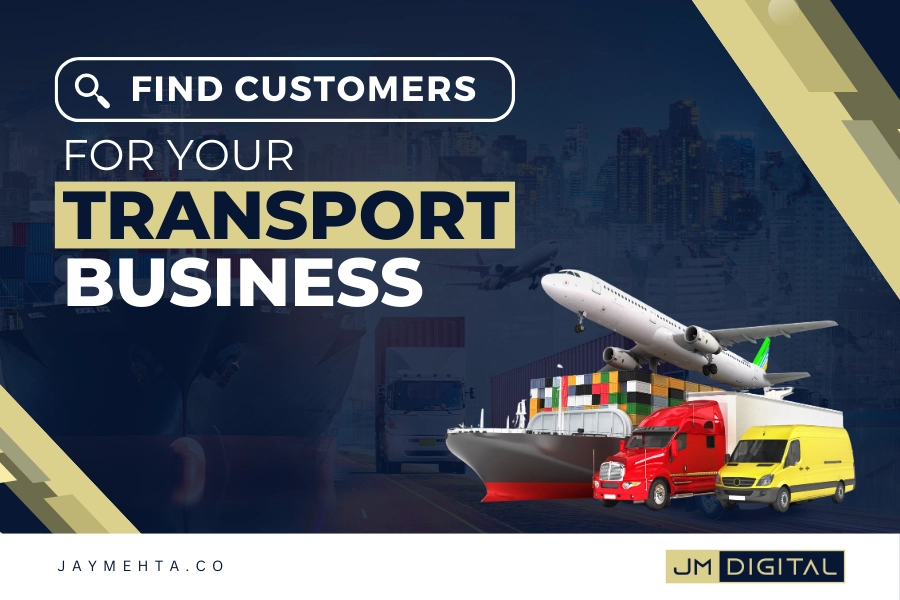
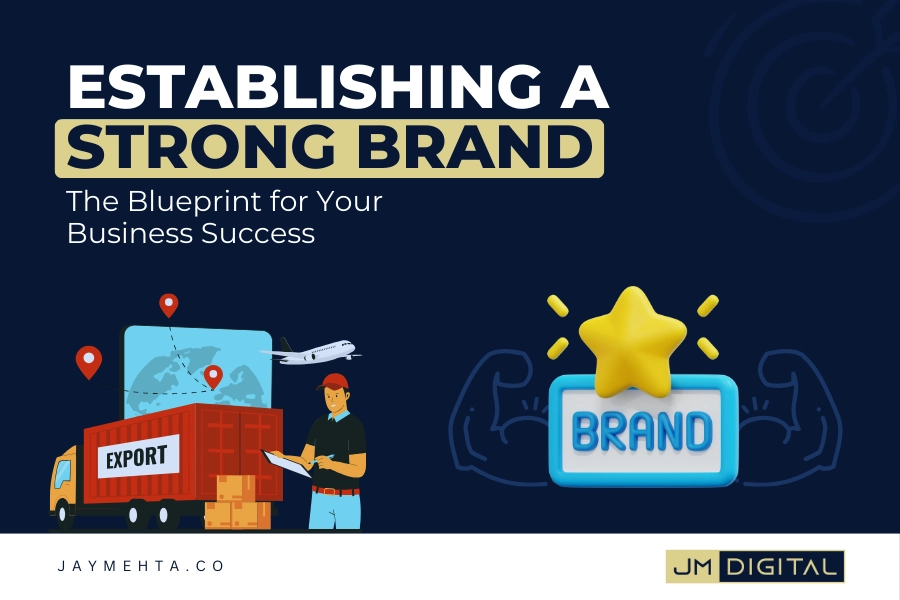
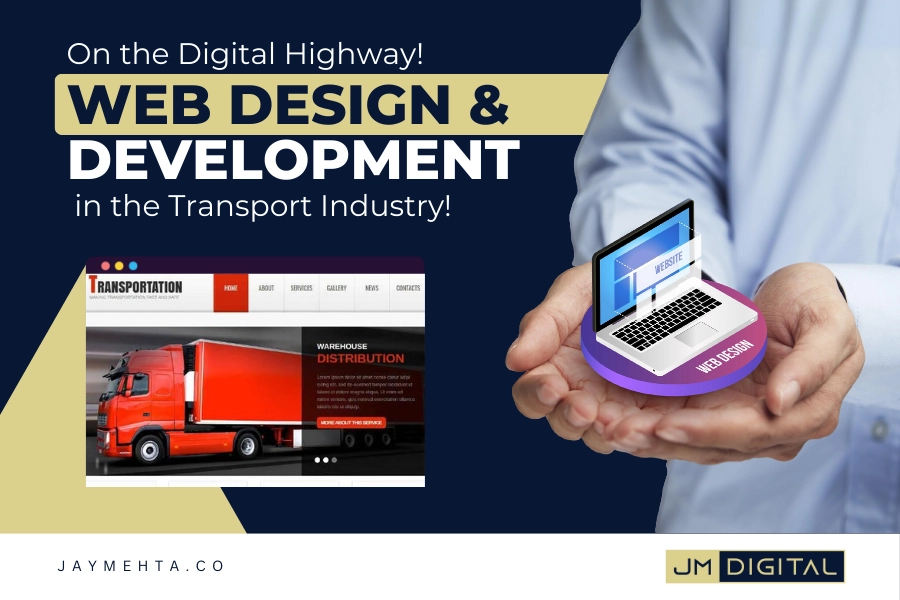
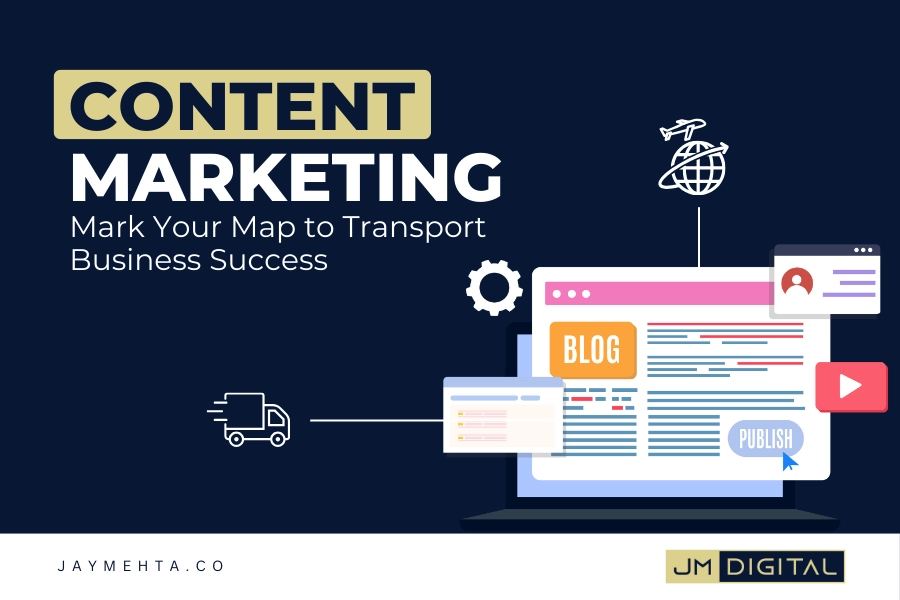
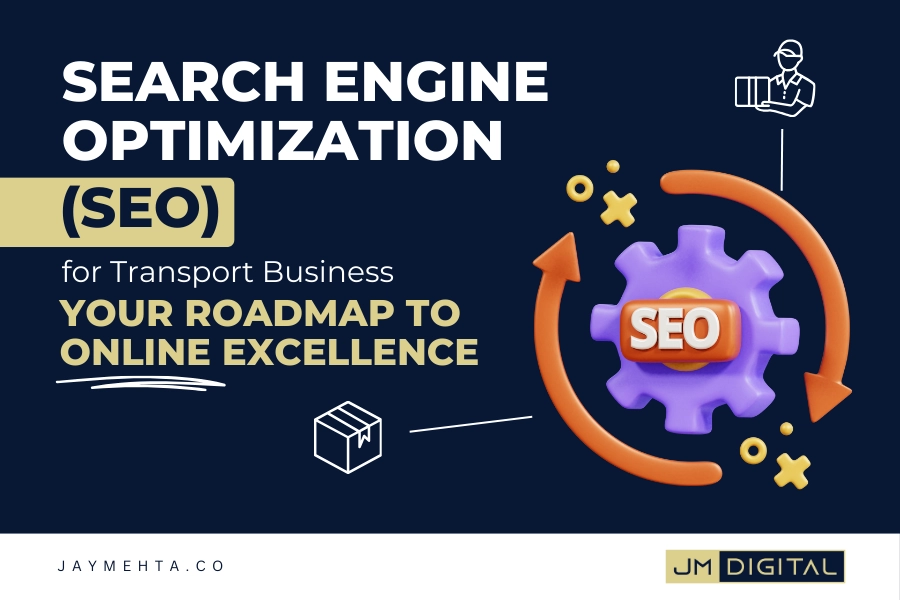
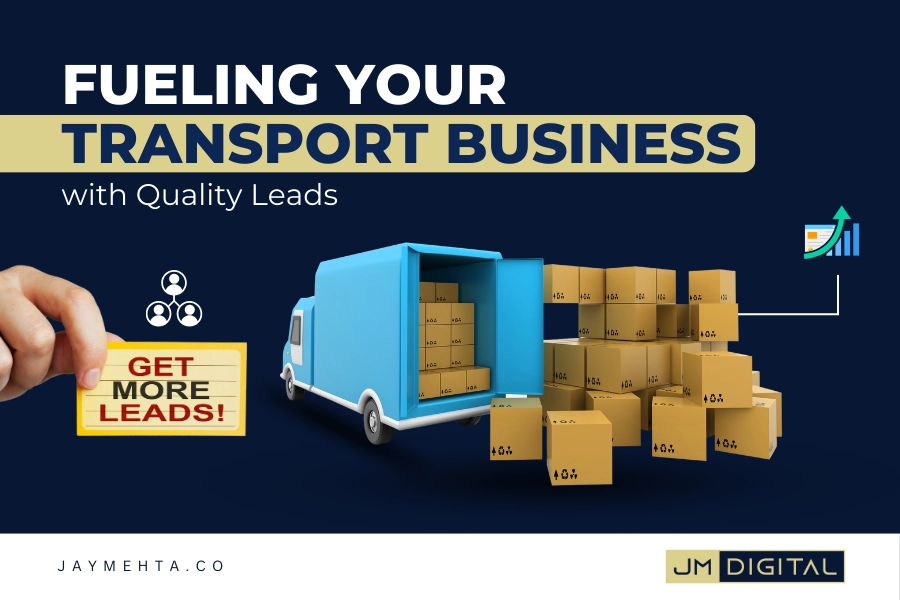


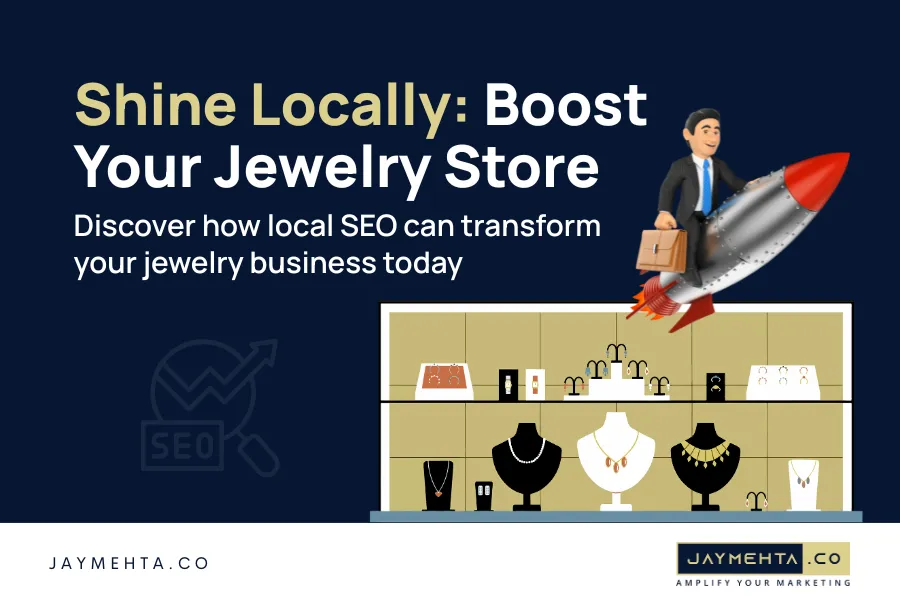
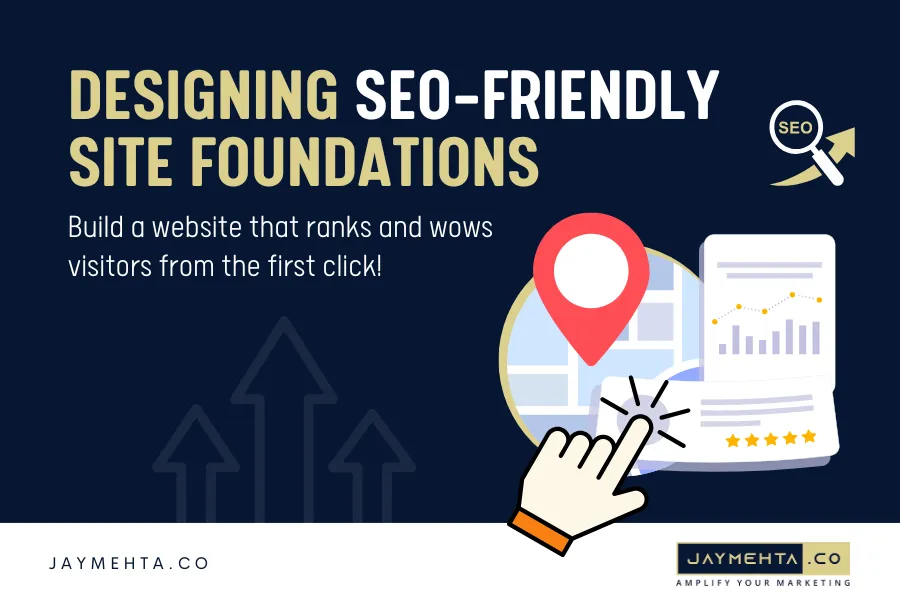

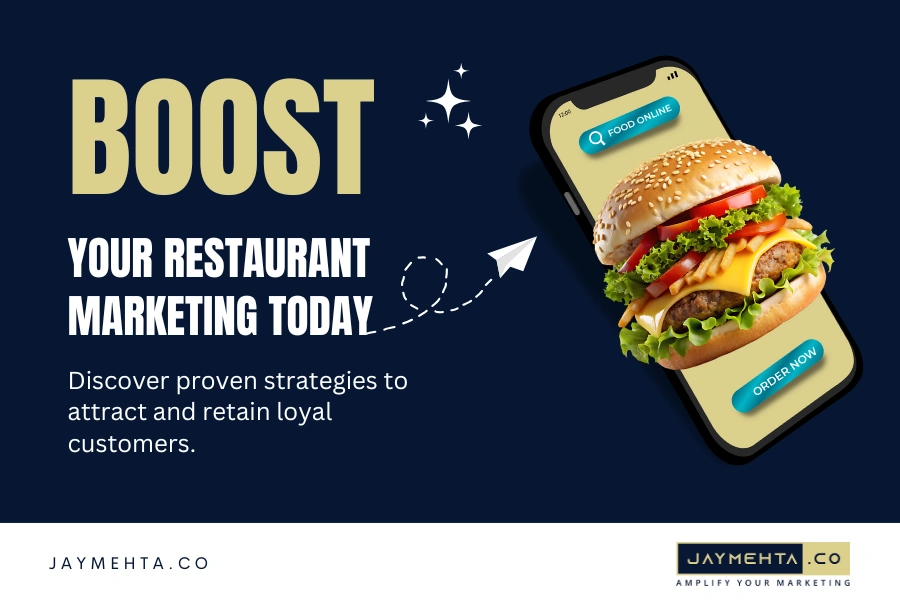




One reply on “How to Attract Clients for Transport Business”
Firthoes May 29, 2025 at 12:22 pm
Am transport running